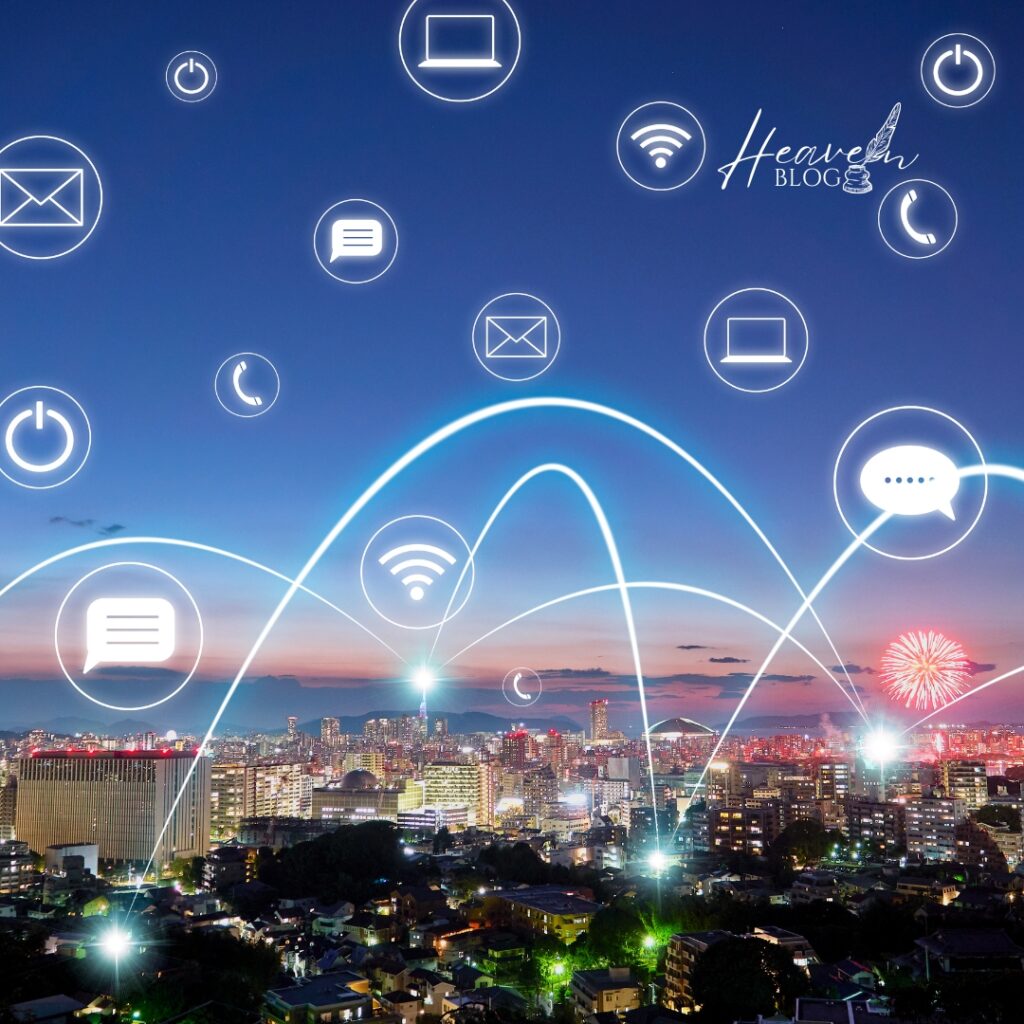Many Technology Trends Shaping Our Life
In today’s fast-paced world, technology is transforming every aspect of our lives at an unusual pace. Artificial intelligence is outpacing human decision-making, 5G is connecting billions of devices in real time, and blockchain is redefining security and finance. These aren’t distant possibilities—they are happening right now, reshaping industries and the way we live, work, and do business.
In this article, we’ll explore the 20 most significant technology trends driving these shifts and their impact across sectors like healthcare, entertainment, and beyond. Let’s dive in.
20 Technology Trends
Artificial Intelligence (AI) and Machine Learning (ML)

Artificial Intelligence (AI) and Machine Learning (ML) are no longer futuristic ideas—they’re transforming industries by enabling machines to analyze data, learn patterns, and make decisions with minimal human input. Whether it’s personalized healthcare, fraud detection in banking, or predictive analytics in retail, AI is a game-changer. However, it comes with challenges, such as job automation and concerns about algorithmic bias. Despite these, the AI market is projected to grow to $190 billion by 2025, with advancements in natural language processing and computer vision leading the charge.
The Power of 5G Technology

5G is revolutionizing connectivity, delivering ultra-fast internet speeds, low latency, and the capacity to connect millions of devices simultaneously. This is paving the way for smart cities, autonomous vehicles, and real-time communications. However, challenges like infrastructure costs and regulatory issues have slowed its global rollout. By 2026, the 5G market is expected to be worth $667 billion, with cybersecurity and data privacy emerging as key concerns.
Internet of Things

The Internet of Things ecosystem is growing rapidly, creating a connected network of devices ranging from smart refrigerators to industrial sensors. Internet of Things applications are enhancing efficiency in healthcare, manufacturing, and transportation. Yet, as more devices become interconnected, the risk of cyberattacks increases. By 2025, the Internet of Things market is projected to hit $1.6 trillion, playing a pivotal role in smart homes, cities, and industrial automation.
Edge Computing
Edge computing processes data closer to its source, reducing the latency associated with cloud computing. It’s crucial for time-sensitive applications like self-driving cars and industrial automation. Although managing distributed edge networks is complex, the edge computing market is expected to grow from $4 billion in 2020 to $15.7 billion by 2025.
Blockchain Beyond Cryptocurrency

Blockchain’s potential extends far beyond Bitcoin. This decentralized technology is being used in finance, supply chain management, and healthcare to ensure transparency and security. For instance, blockchain can authenticate supply chains or secure medical records. Despite challenges like high energy consumption, the blockchain market is expected to reach $39.7 billion by 2025.
Augmented Reality (AR) and Virtual Reality (VR)
Augmented Reality (AR) and Virtual Reality (VR) are transforming industries like gaming, real estate, and education. AR overlays digital elements onto the real world, while VR creates immersive virtual experiences. While high-end equipment costs remain a barrier, advancements in hardware and 5G networks are pushing the AR/VR market toward a valuation of $209 billion by 2025.
Quantum Computing
Quantum computing is in its early stages but promises to solve complex problems in drug discovery, cryptography, and optimization. By using quantum bits (qubits), these systems can process multiple possibilities simultaneously. Although practical applications are limited, the quantum computing market is forecasted to reach $64.9 billion by 2030.
Robotic Process Automation (RPA)
Robotic Process Automation (RPA) is automating repetitive tasks like invoice processing and customer service, allowing employees to focus on more meaningful work. While the initial investment is high, the Robotic Process Automation (RPA) market is set to grow from $1.89 billion in 2020 to $13.74 billion by 2028.
Enhancing Cybersecurity

As cyber threats become more sophisticated, AI-driven threat detection, zero-trust architectures, and encryption methods are essential. The cybersecurity market, expected to reach $248 billion by 2024, requires constant innovation to stay ahead of attackers.
Sustainable Technology
Green technology focuses on reducing environmental impact through renewable energy, recycling, and sustainable practices. Despite scalability challenges, the sustainable tech market is projected to grow to $36.6 billion by 2027, led by industries like transportation and manufacturing.
Human Augmentation
From exoskeletons to brain-computer interfaces, human augmentation is enhancing physical and cognitive abilities. Applications in healthcare and defense are driving the market to a projected $298.5 billion by 2027.
AI-Augmented Development
AI tools are automating software development processes like coding, testing, and debugging. While these tools speed up development, developers must remain cautious of potential vulnerabilities introduced by over-reliance on AI.
Industry Cloud Platforms
The cloud platforms for specific industries are improving operational efficiency and compliance. For example, healthcare platforms streamline patient data management. This market is expected to grow to $83 billion by 2025.
Smart Apps
Smart apps use AI and ML to offer personalized experiences and automate tasks. While their adoption is rising, data privacy remains a concern. The market is projected to reach $62.4 billion by 2025.
Democratizing Generative AI
Generative AI, which creates text, images, and music, is becoming more accessible. While this unlocks creativity for businesses and individuals, concerns about copyright and misuse are growing.
Continuous Threat Exposure Management (CTEM)
Continuous Threat Exposure Management (CTEM) tools monitor vulnerabilities in real time, helping businesses stay ahead of cyber threats. Though resource-intensive, sectors like healthcare and finance are adopting these tools to protect sensitive data.
AI Trust, Risk, and Security Management (AI TRISM)
AI Trust, Risk, and Security Management (AI TRISM) frameworks address issues like bias, privacy, and accountability, ensuring ethical AI use. These frameworks are becoming essential as AI adoption grows across industries.
Platform Engineering
Platform engineering integrates cloud infrastructure and DevOps tools to streamline software delivery. While the upfront investment is significant, this approach improves agility and scalability.
Machine Customers
Machine customers are AI systems that make purchasing decisions autonomously. While this trend boosts efficiency, it raises accountability concerns. B2B and B2C transactions will increasingly rely on these systems.
Augmented Connected Workforce
Remote collaboration tools, AI insights, and wearable devices are enhancing productivity in hybrid work models. However, balancing employee privacy with performance tracking remains a challenge. The workforce management tools market is expected to grow to $9.3 billion by 2026.
Conclusion
The rapid pace of technological innovation is shaping our present and future, redefining how we live, work, and interact with the world. From AI and 5G to blockchain and sustainable tech, these 20 trends are leading the way. While challenges like security, privacy, and accessibility persist, the potential for these technologies to transform industries and improve lives is undeniable.
As we navigate these changes, staying informed and adaptable will be key. Which of these trends excites you the most? Let us know in the comments below!
More information: HeavenBlog
For Queries: infoheavenblog@gmail.com
Read Blog on topics of: Health / Travel / Investment / Technology
